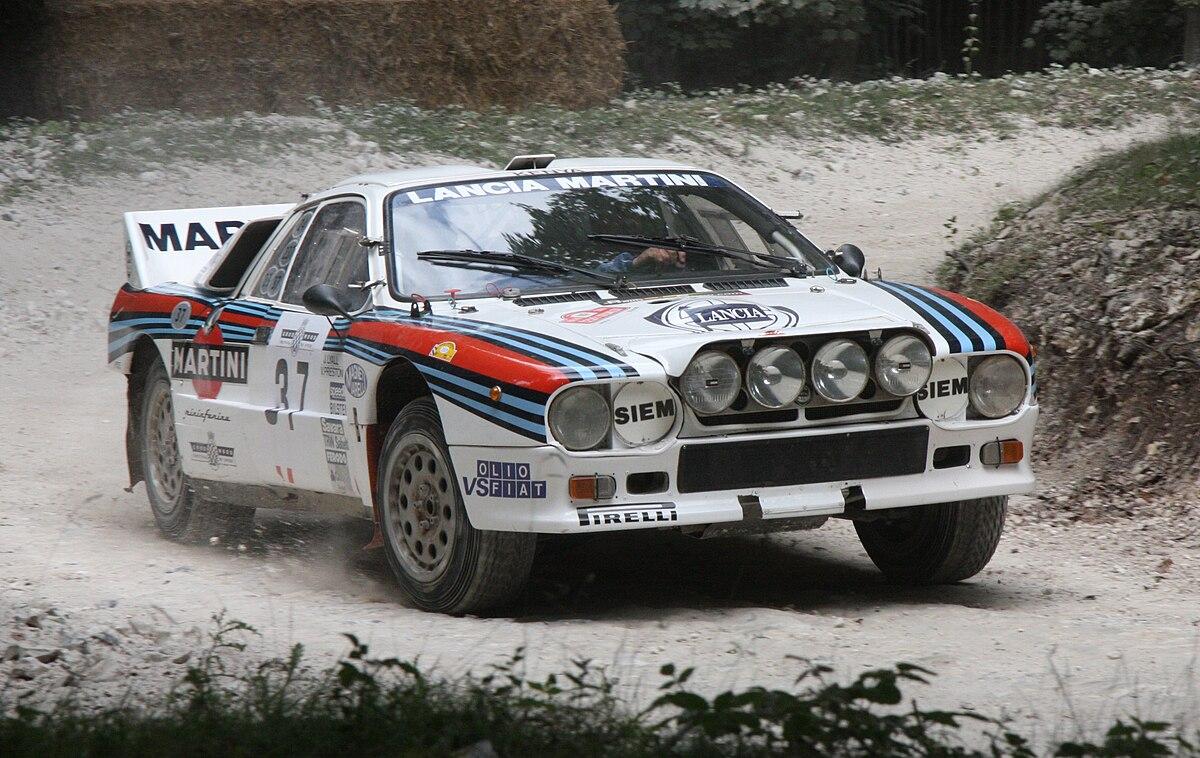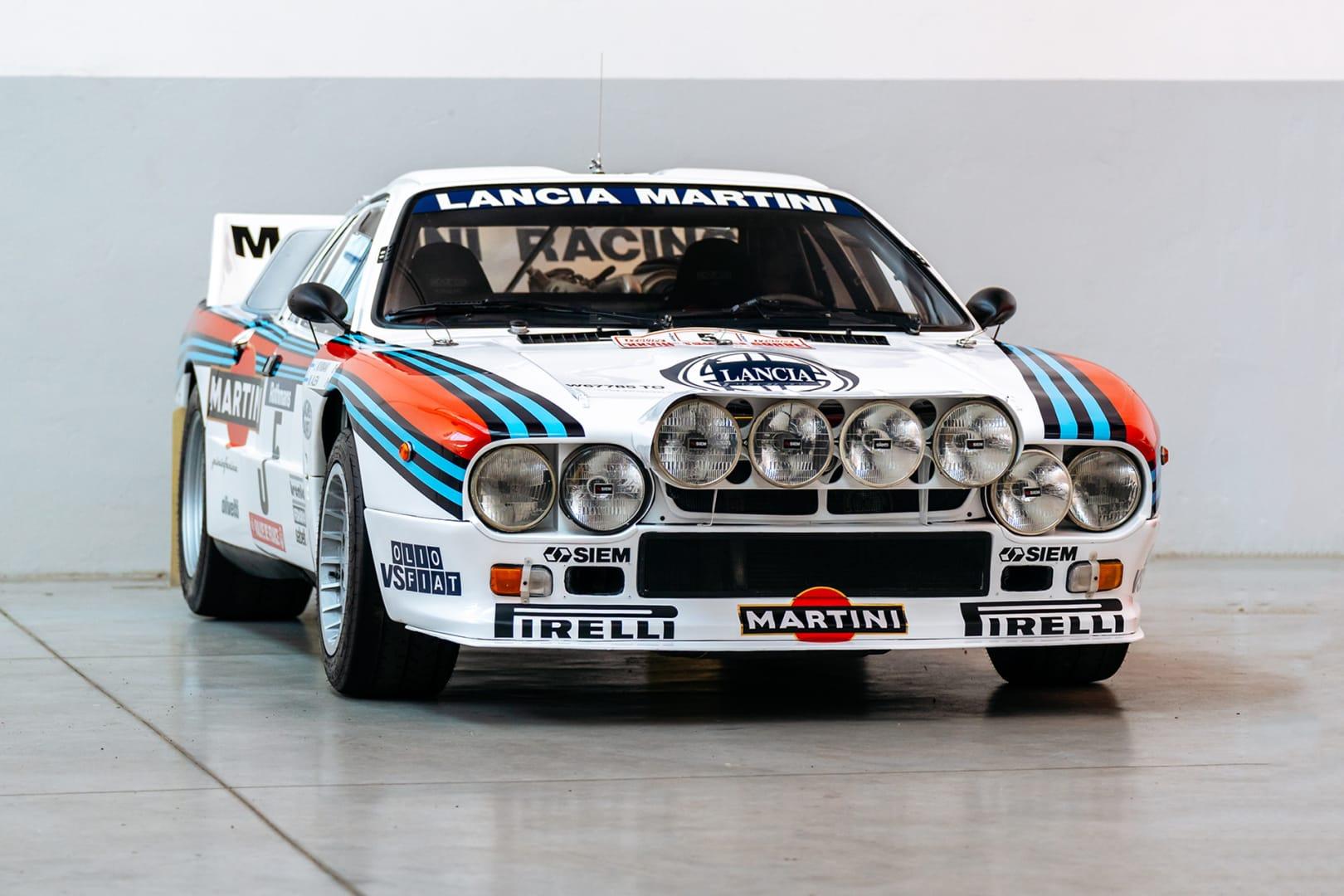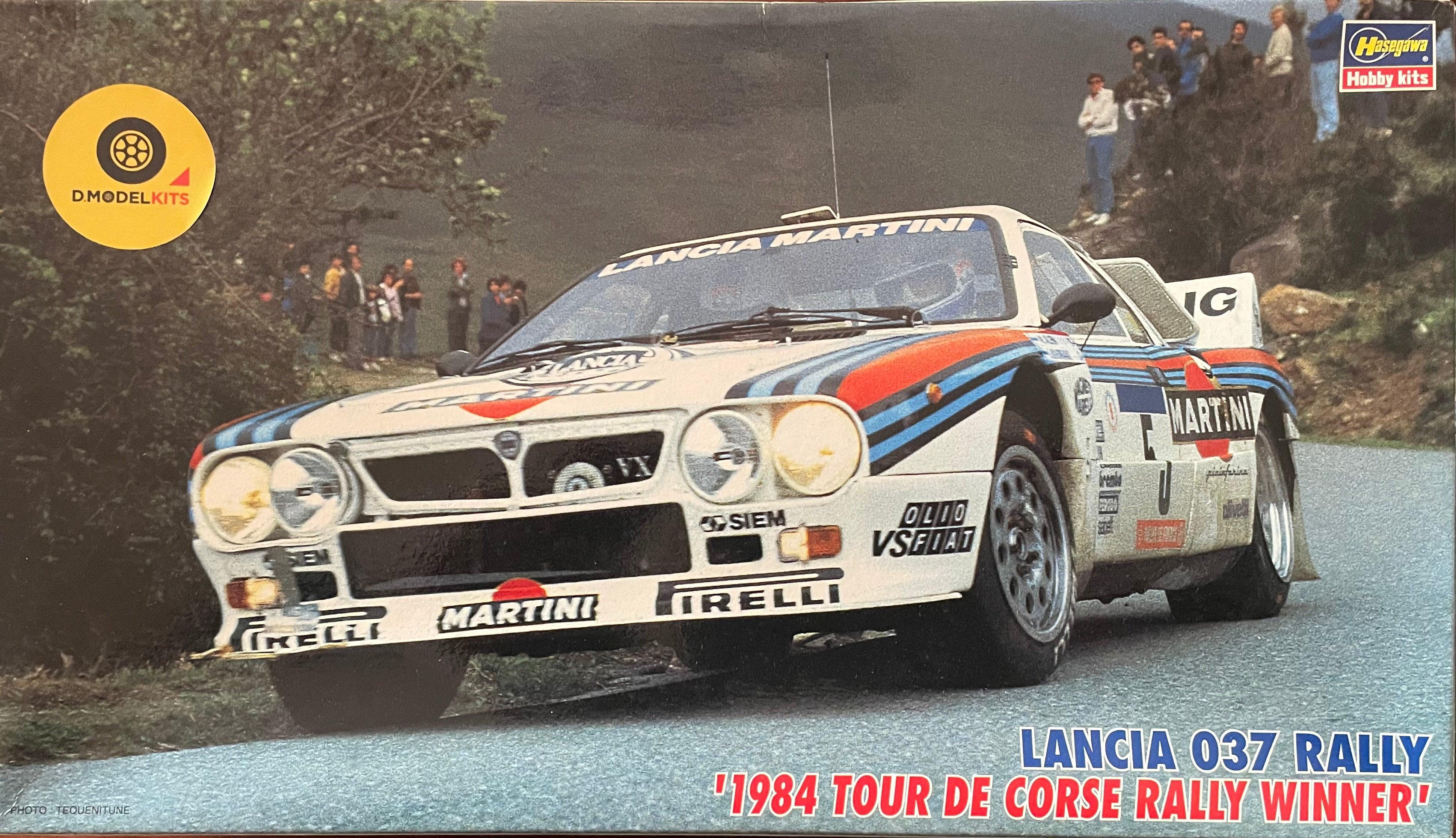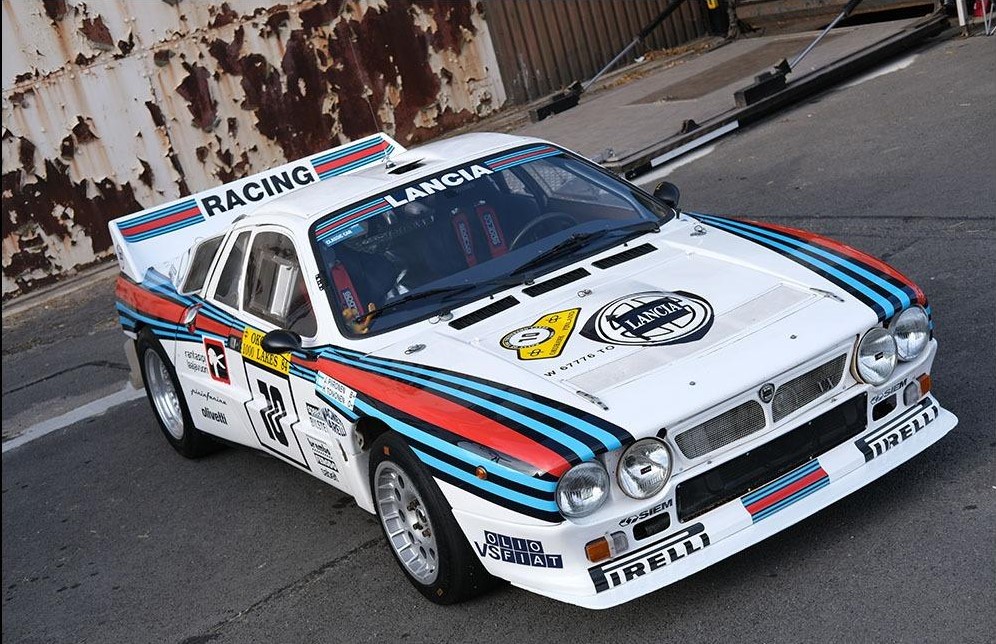1984 Lancia 37
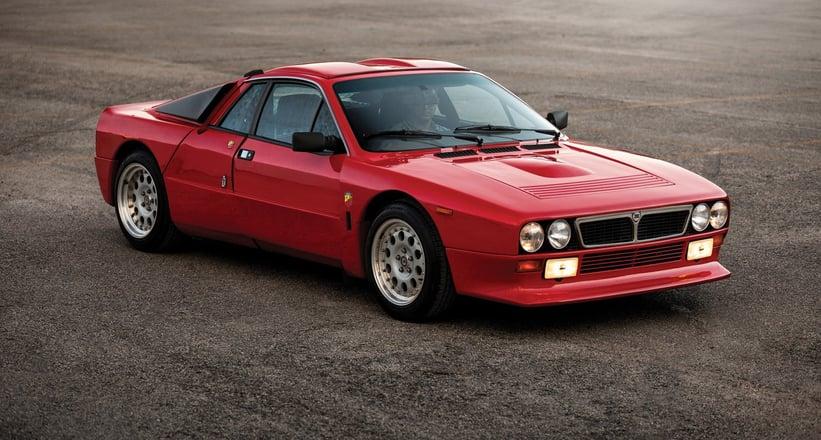
The descriptions of the Classic Cars in the Directory were partly generated or supplemented with the help of artificial intelligence (AI). The content may occasionally not always be entirely accurate or factually correct despite careful checking.
The Lancia 37, originally introduced in 1984, is a classic Italian sports car that is known for its outstanding performance and aesthetic appeal. With a length of 14.6 feet, a width of 5.6 feet, and a striking design that boasts sharp, angular lines and a distinct front fascia, this vehicle is truly a sight to behold. But while its artistic value is impressive, it's the collection of technical specifications that truly make the Lancia 37 a marvel of automotive engineering.
At the core of the Lancia 37 is an impressive 2.0-liter 4-cylinder engine that is capable of generating 205 horsepower and 174 Nm of torque. Utilizing a 16 valve dual overhead cam configuration, this engine is able to reach top speeds of up to 136 mph while accelerating from 0 to 60 mph in just 6 seconds. Paired with a 5-speed manual transmission that delivers precise, responsive shifts, the Lancia 37 is a driving enthusiast's dream come true.
But the Lancia 37 isn't just all about power - it's also equipped with a host of performance-enhancing features that make it an incredibly nimble and agile car. This includes its independent suspension system that utilizes MacPherson struts up front and a double triangulated rear suspension system in the back. Combined with an anti-roll bar and power steering, this vehicle offers exceptional handling and control both on the track and on the road.
Other technical features that set the Lancia 37 apart include its four-wheel disc brakes with anti-lock braking system (ABS), which provide unparalleled stopping power and control in any driving conditions. It's also equipped with 15-inch alloy wheels and high-performance tires that provide exceptional grip and traction.
Inside the cabin, the Lancia 37 offers a range of comfort and convenience features that make it a joy to drive. This includes its comfortable bucket seats with adjustable lumbar support, a leather-wrapped steering wheel and shift knob, and a high-quality sound system that provides clear, crisp audio. Other advanced features include a trip computer, air conditioning, and power windows and mirrors.
In conclusion, the Lancia 37 is a modern classic sports car that offers a combination of stunning design, exhilarating performance, and advanced features that make it a standout vehicle in a class all its own. Whether you're a driving enthusiast looking for a dedicated track car or simply somebody who appreciates a beautiful, well-crafted automobile, the Lancia 37 is a vehicle that is sure to impress.
Milestones
As an AI language model, I do not have access to current events and cannot predict what will happen in the future. However, I can provide some historical milestones related to the Lancia 37 in 1984:The Lancia 037 was homologated for Group B rallying on 1st January 1982
In 1983, the Lancia 037 won the World Rally Championship (WRC) Constructor's Championship
The 1984 WRC season began with the Monte Carlo Rally in which the Lancia 037 driven by Henri Toivonen won the race
Later in 1984, the Lancia 037 driven by Markku Alen won the World Rally Championship (WRC) Driver's Championship
The Lancia 037 was a rear-wheel-drive supercar that proved to be one of the most competitive cars in the history of rallying
Lancia built a total of 220 units of the Lancia 037 in order to comply with Group B regulations of the WRC
The Lancia 037 featured a mid-mounted engine, four-wheel independent suspension, and a lightweight body made of Kevlar and fiberglass for maximum performance.
Technical
Unfortunately, as an AI language model, I do not have access to a specific Lancia 37 1984 model. However, I can provide you with some general technical details that are commonly associated with Lancia vehicles from that era:Engine: Lancia 37 1984 is likely to have been equipped with a petrol engine, possibly a 1.5 or 1.6-liter inline-four, producing around 90-110 horsepower.
Transmission: Depending on the specific model, Lancia 37 1984 could have been offered with a five-speed manual or a three-speed automatic transmission.
Suspension: Lancia vehicles from that era were known for their advanced suspension systems, often featuring independent suspension with MacPherson struts at the front and a live axle with coil springs at the rear.
Brakes: Lancia 37 1984 likely came with disc brakes on all four wheels, with a hydraulic assist system for smooth and powerful stopping performance.
Steering: Lancia's advanced engineering often resulted in responsive and precise steering systems, possibly with power assistance to aid maneuverability.
Dimensions: The Lancia 37 1984 could have had a wheelbase of around 2,440 mm and overall length of approximately 4,180 mm, making it a relatively compact and agile car.
Weight: Depending on the specific model and trim level, Lancia 37 1984 could weigh between 1,000-1,200 kg, contributing to its agile and sporty handling characteristics.
Features: Depending on the exact model and market, Lancia 37 1984 could have come with various features such as air conditioning, power windows, central locking, radio, and more.
